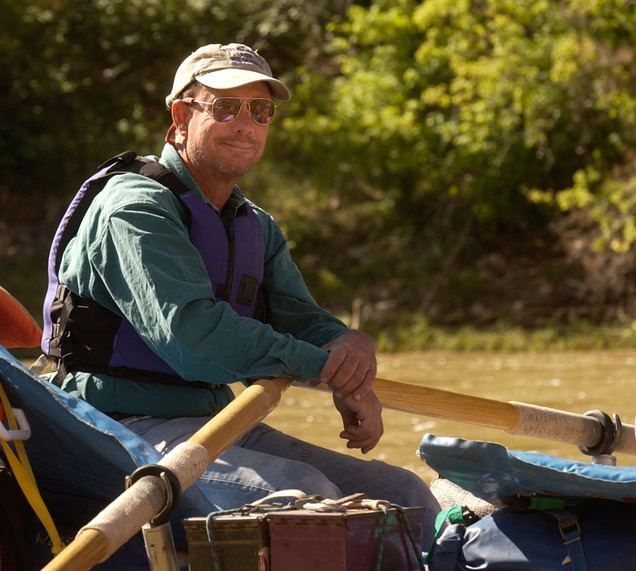Some information may be outdated.
When it comes to actions by water managers of the Colorado River basin, have their activities in the last 15-years of diminishing reservoirs demonstrated that the issue of water scarcity is indeed real, or not? The answer to this question is yes, and here is a short discussion of their work.
First it must be understood there was a time in the Colorado River basin when the water budget was fat. The surplus in 1935, for example, was positive by about 45%. That ample surplus provided water security for the desert communities of the lower basin to get through the droughts of the 1930s and 1950s.
Second, six decades ago, the headwater states of the upper basin were using 50% less water than they do today, and the completion of the Central Arizona Project in the lower basin was still 40-years away. The surplus that got the basin through those harsh droughts has since been gobbled-up and is now down to zero. Officially, the demand for water equaled the natural water supply in 2003. Incidentally, demand includes system-wide evaporation and irrigation waste flows into California’s Salton Sea and the Ciengas of the delta region in Mexico.
In 2005, the water managers began a plan for federal dam operations to deal with potential shortages and it was implemented in 2007 with the signatures of the seven states of the basin. Later on in 2012, Mexico too agreed to implement shortage guidelines. This plan expires when the elevation of Lake Mead reaches 1,025 feet, or in year 2026, whichever comes first. The hope of the water managers in 2007 was that the hydrologic cycle of the Colorado River would improve and if it didn’t, then at least they have a cooperative shortage agreement to lean on.
In 2009, Congress decided to take the issue further and provided funding for the Bureau of Reclamation to initiate a study to determine what the future of the Colorado River might look beyond 2026. The seven states also volunteered some funding and human resources for this study. The result of this “supply and demand study” went public in 2012 and reported that the water deficit of the basin would increase gradually to negative 20% by mid-century.
According to the current shortage agreement, curtailments begin when the elevation of Lake Mead reaches 1,075 feet and the affected parties will be the holders of junior water rights in Arizona, Nevada and Mexico. Under the shortage agreement of 2007, the maximum amount of water that can be withheld from downstream users is 500,000 acre-feet, or about 6% of the total allocation for the downstream users. The current elevation of Lake Mead is 1,082 feet and in seven months the projected elevation will be 1,075.
When the elevation of Lake Mead gets to 1,000 feet above sea level, the intakes for the water supply of Las Vegas go dry. This is why the Southern Nevada Water Authority commissioned new intakes to be built in 2005. The project is expected to be operational in 2015 and the final price tag is now estimated to be $817 million. The elevation of the new intakes at Lake Mead will be 860 feet. This is 30-feet below the level of the bottom-most intake at Hoover Dam and what is euphemistically called “dead pool,” which means the reservoir is similar to a bathtub with ankle-deep water.
When Lake Mead goes to dead pool, it also means Lake Powell is empty, because the two reservoirs are managed in conjunction. That is to say, the two reservoirs are managed as one and according to the 2007 agreement that the federal government and the seven states all agreed to sign.
The Salt River Project also built new intakes at Lake Powell for Navajo Generating Station near Page, AZ. These new intakes were commissioned by the managers in 2004 and the construction period lasted five-years at a cost of $15 million. The elevation of these intakes were also set below the dead pool elevation of Lake Powell.
Are we running out of water or not? I think the evidence is very compelling that we indeed are. The best-case scenario is that the reservoirs will continue to function as water storage units, but that the managers of hydropower will not provide enough revenue to meet its present contractual obligations. The worst-case scenario is that the reservoirs go dry and forces farmers and municipalities to draw water from underground aquifers. The condition of the basin’s groundwater reserves is, however, another subject for another time.
John Weisheit is a Moab river guide and the conservation director of Living Rivers.
Appreciate the coverage? Help keep local news alive.
Chip in to support the Moab Sun News.



